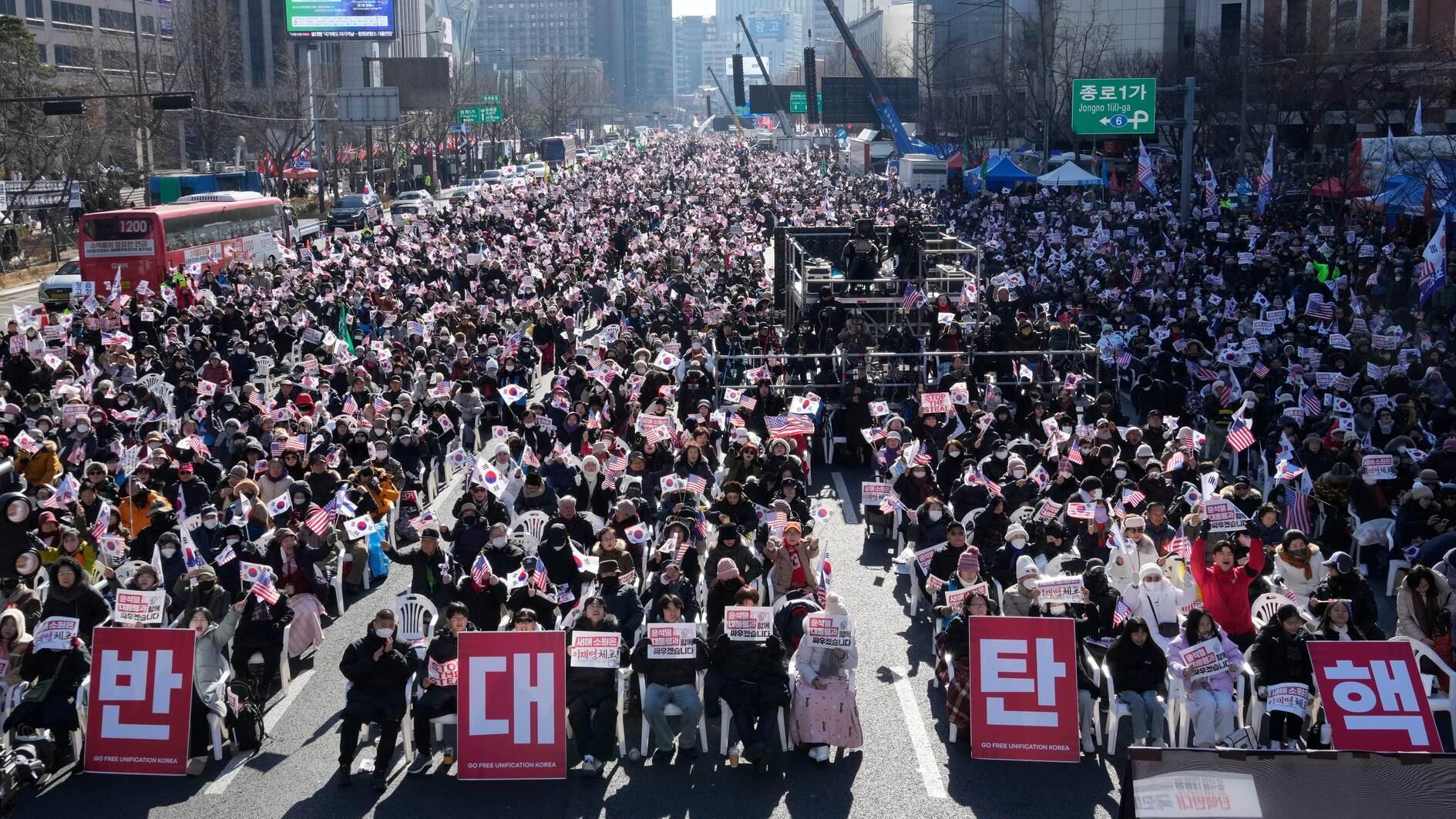Three ways to get your New Turkey
The other day, I was chatting with a friend of mine on the fate of our country, Turkey. With regards to the political transformation that we have gone through in the past ten years, he suggested that people tend to see it in very black and white terms. I agreed, but added that some also see the nuances of grey, which gives us at least three different views of the “New Turkey” that has been built up in this AKP (Justice and Development Party) decade.
The first of these views is that of the Kemalists, or the dedicated followers of Mustafa Kemal Atatürk, the founder of the republic. Theirs is simply a very black view of what Turkey has become. All the wonderful principles and policies Atatürk established, they believe, are being unraveled one by one.
Secularism is being defanged, as “tightheads” — a derogatory term used to insult veiled women — can freely enter universities. “Atatürk’s nationalism,” a constitutional principle, is being eroded, as the AKP government speaks freely about the non-Turkish identities in Turkey, such as the Kurds. “Statism” is almost totally destroyed, as many state enterprises are being sold to private companies and market forces dominate the economy.
The all-wonderful “Old Turkey” is being replaced by a terrible one, this view holds, and there is little room for hope, as the guardian of the old establishment, the military, is now tamed and subdued by the democratically-elected government.
The second view is the one that is shared by most conservatives, most of whom support the AKP. For them, New Turkey is simply a bright new country, something like post-Apartheid South Africa. All the parts of the society that have been suppressed by the Kemalist elite — especially the conservatives themselves — are being freed from their chains and getting their share. Issues that have been taboos for a long time, from the Kemalist persecution of Islamists and Kurds to the tragic fate of the Ottoman Armenians, is being freely discussed for the first time. Turkey is also having an economic boost, and a much more significant role in world affairs.
New Turkey, in this new, is again in a full contrast with the old one: but it is pure white, whereas the golden age of the Kemalists is pure black.
The third view is the one shared most commonly by the liberals, and it sees not just change but also continuity between the old and the new versions of Turkey. Despite all their differences, this view holds that the Kemalists and the conservatives have a lot in common, especially when it comes to political culture. Both camps, for example, have little understating of freedom of speech, and can easily ban ideas that they find disrespectful to their respective values or “harmful to the nation.”
Even the liberals have their shades and grades, though. Some of them believe that nothing has changed for the better, and that Kemalist authoritarianism has simply been replaced by conservative authoritarianism. Others are more optimistic. While they see disappointing commonalities in the old and new versions of Turkey, they think that considerable progress has still been made, and the country is ultimately learning something real on this bumpy road of democracy.
I guess I would place my humble self on this more optimistic side of the liberal view, and therefore feel hopeful about Turkey’s future. Time, of course, will show us which of these views is right, which is wrong, and which one is perhaps just naïve.











